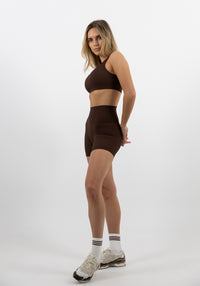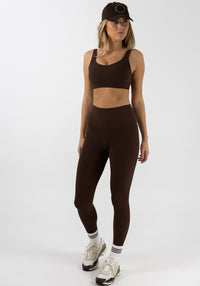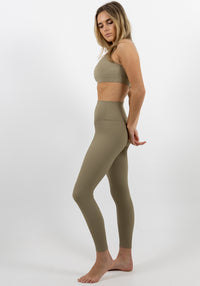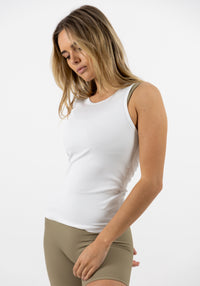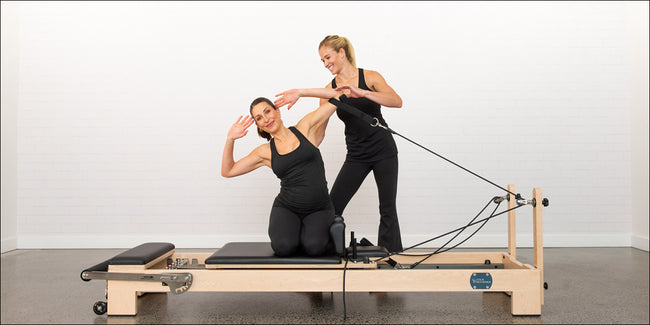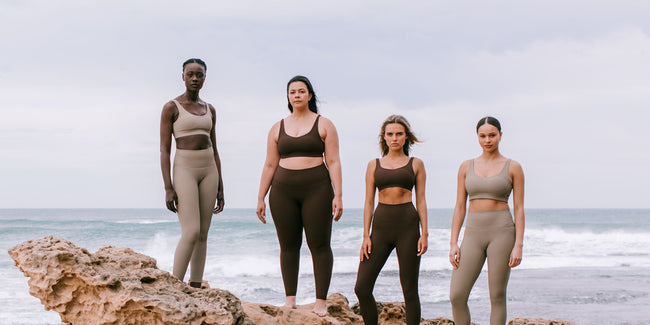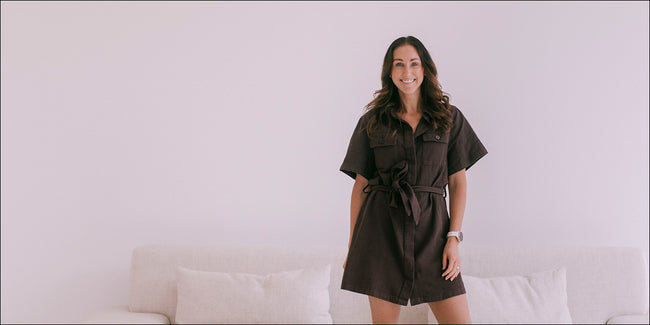As we age, there are many changes that occur in our bodies. However, some changes affect women more than men. The hormone Oestrogen in women drops around the age of 50 which is when some women start experiencing menopause. This reduction in Oestrogen is linked to an increase in bone loss which puts women at an increased risk of developing Osteoporosis. Osteoporosis is when our bones lose mass and become brittle. Research suggests that about one in two women over the age of 60 years will experience at least one fracture due to osteoporosis. Another risk factor for women developing Osteoporosis is physical inactivity. These reasons are why women should ensure they are meeting the daily requirements of activity and what better way to increase strength and resistance-based training than by using a reformer Pilates bed.
Research investigating the effects of an eight-week Pilates exercise program for menopausal women and their symptoms found positive effects alongside increased lumbar strength and flexibility. Furthermore, continuous participation in a Pilates based program not only found it enhanced their health overall as well as their ability to live independently after menopause.
Reformer Pilates is not only excellent for developing and maintaining posture but also balance. This is especially important as the risk of falls increases due to lost stability. Using the reformer bed allows for modification of exercises based on the individuals needs and ensures appropriate bone loading with the positions used. During menopause as the levels of Oestrogen lower, the stress hormone cortisol often rises. This is another reason why reformer Pilates is so sustainable and effective. It allows individuals to get their heart rates up without bordering on high intensity training which further increases cortisol levels.
Research also shows that exercise is proven to reduce stress and improve mood, which in turn improves overall wellbeing. Furthermore, research conducted in 2011 regarding exercise and menopause discusses six key exercises that help reduce the risk of Osteoporosis in typically vulnerable areas such as the spine and hip. These include a squat, shoulder press, lat pull down, leg press, seated row and back extension. All of these can be performed using the reformer bed and modified to suit the individual’s needs.
So if you haven’t already, get started on your reformer Pilates journey and start maintaining the body you have today!
Dr. Danielle Tjahjana (Osteopath)
B.Sc.(Osteopathy) M.H.Sc.(Osteopathy)
Clinical Pilates Instructor





